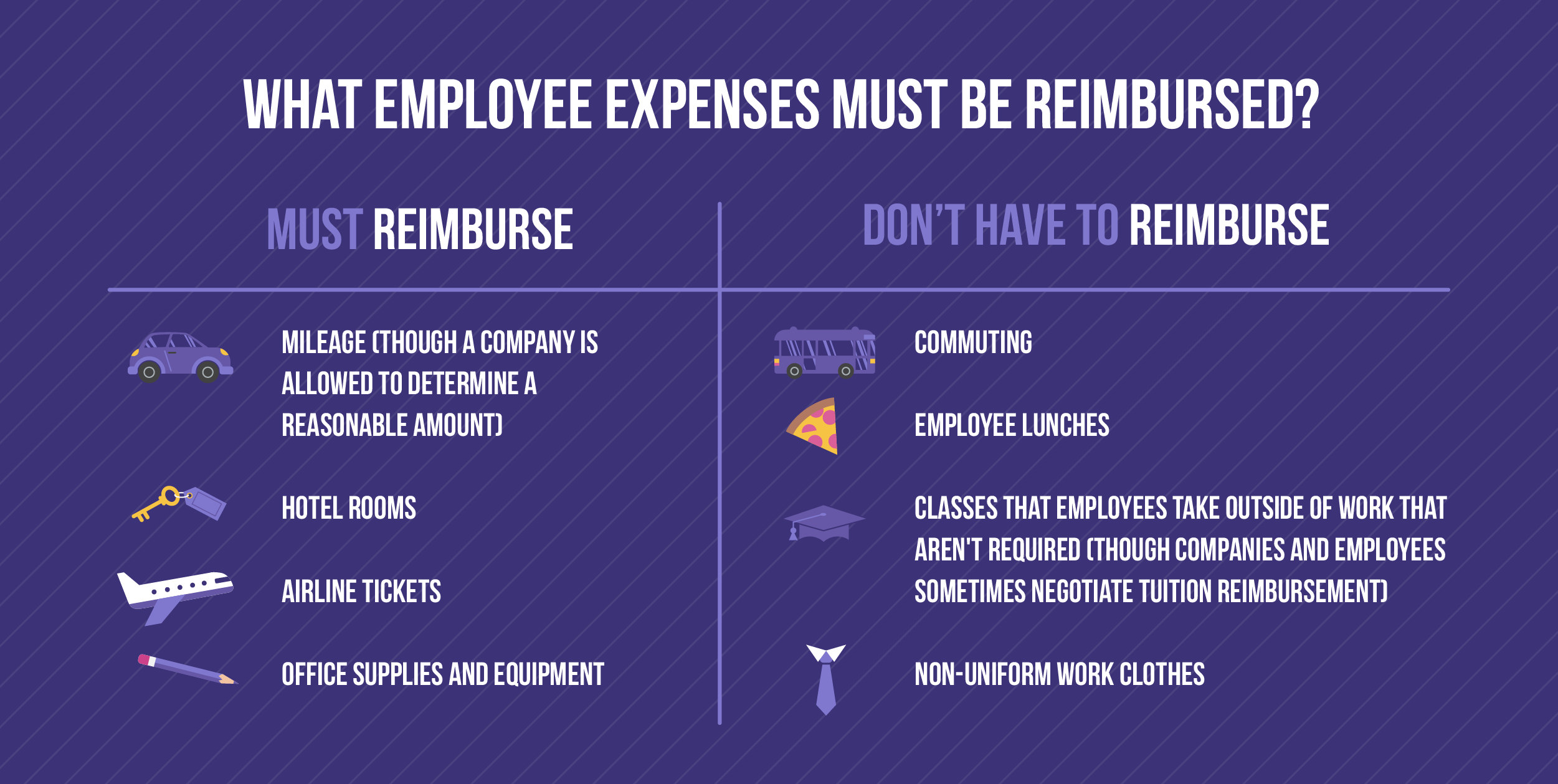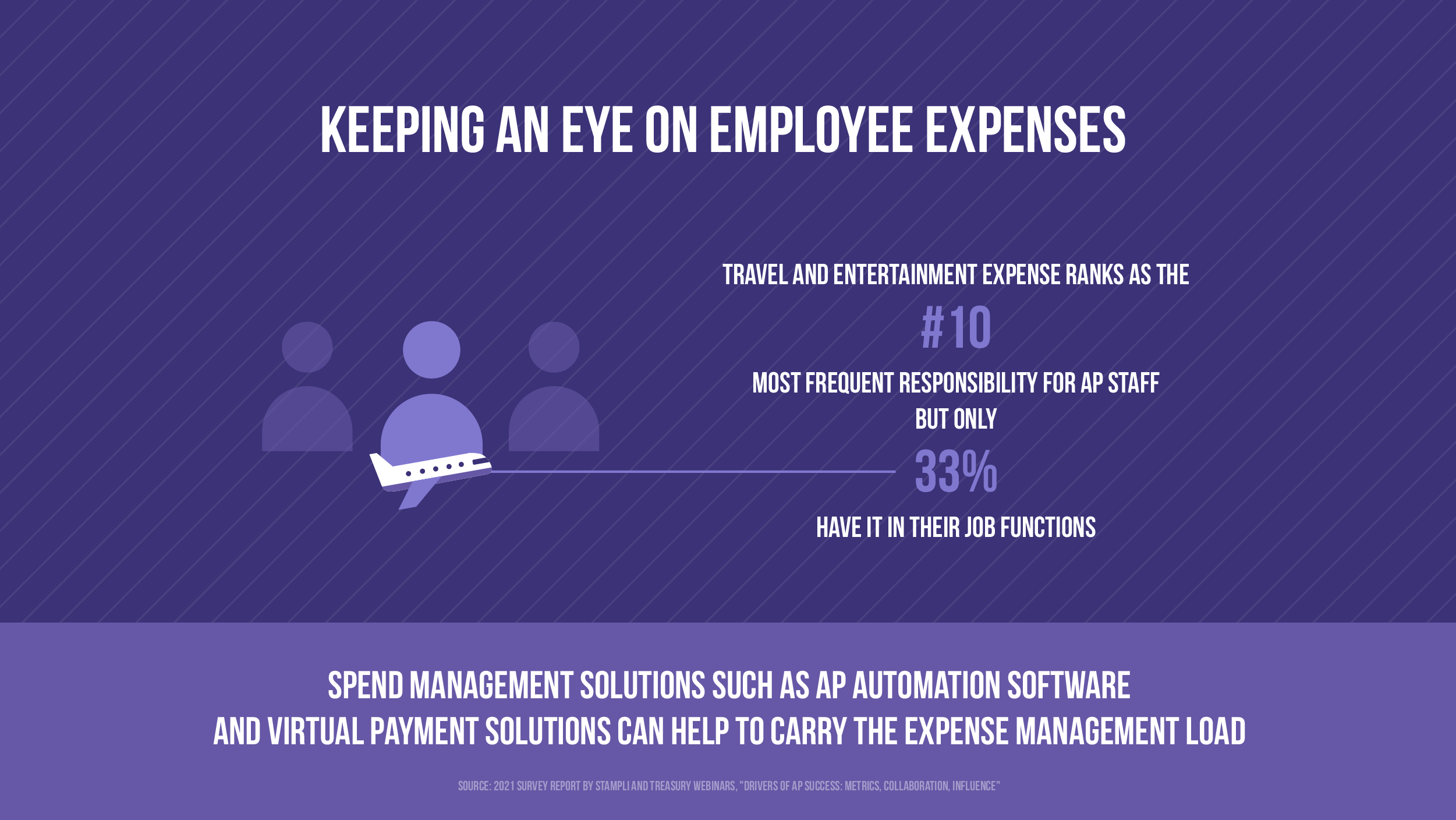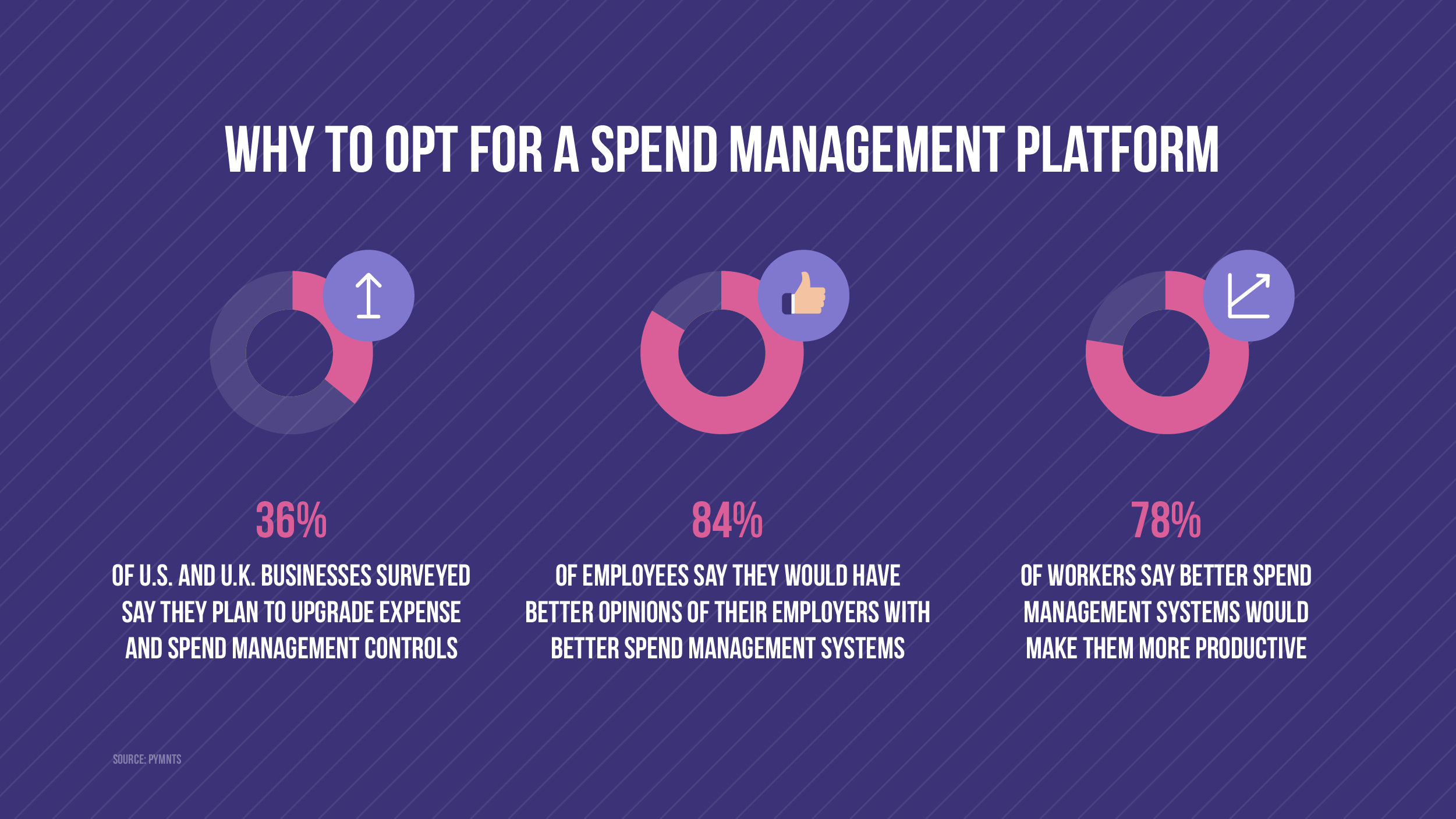Bye, Expense Reports: Using Stampli Card for Employee Reimbursements

Paper expense reports are still common in the business world, even if the word is out about how inconvenient they can be.
“Many employees will simply absorb the costs of a $20 lunch rather than rifle through stacks of paperwork for the necessary documents,” as PYMNTS noted in a 2020 deep dive about if artificial intelligence can help expense report processing. “This can be detrimental to their finances and workplace productivity, and can also stoke needless frustrations with employers.”
There are some promising developments for automating expense reports and employee reimbursements, though. Among them: Virtual payment cards such as Stampli Card that can both approve and categorize spending, with easy reconciliations.
Basics of Employee Reimbursements
It’d be great if whenever an employee needed to make a purchase, they could just grab the amount of petty cash they required from accounting and go forth. Business doesn’t always work this linearly, however.
Sometimes, an employee will be out in the field and discover something they have to buy for business purposes. Other times, the employee’s company credit card might have an issue. Or perhaps the employee is out of the office, left their company card at their desk, and needs to buy something right then and there, say printer ink or lunch for a client. The list goes on.
Whatever the cause, there will always be times where employees have to temporarily use their own money for business-related expenses. When they do, it’s good to have a plan at the ready for employee expense reimbursements. It’s about squaring up expenditures and making things right – and following the law. If an employee isn’t reimbursed and the expense pushes their gross income below minimum wage, companies can be accused of violating the Fair Labor Standards Act (FLSA) of 1938.
Common Sources for Employee Reimbursements
Technically, companies are required to reimburse employees for any legitimate business expenses (though employees sometimes really try to stretch this, with the PYMNTS post linked above noting that employees have tried to get reimbursed for such expenses as yoga apparel and private helicopter rides.)

Generally, employee business expenses will fall into some major buckets for reimbursement, such as:
- Getting a hotel room for a business conference;
- Other business travel expenses, such as paying for airline tickets;
- Purchasing equipment for one’s job;
- Paying the cost of delivery for an item to a business;
- Taking a client to dinner;
- Tuition;
- Using a personal cell phone for work;
- Postage, should an employee have to mail something while out in the field;
- Web memberships or subscriptions.
Then there’s mileage. Each year the IRS sets a standard mileage rate for businesses and independent contractors. Higher inflation motivated the IRS to boost the mileage rate to 62.5 cents a mile for the last six months of 2022, up from 58.5 cents for the first six months. But this doesn’t mean every employee who drives their personal vehicle gets 62.5 cents a mile, with businesses only required to cover a reasonable amount of expenses, according to specific guidelines.
There can be other instances as well where an employee uses their own money for an expense for business use and it should be reimbursed (with the reimbursements not considered taxable income, by the way.)
There isn’t necessarily a hard and fast rule on what the type of expenses a business needs to keep an eye on, though it can be to a business’s benefit to be flexible on what to reimburse, as many actual expenses may be tax-deductible. The IRS guidelines are that the expense be, as a CPA notes, “ordinary and necessary,” along with a few rules we’ll explain more in a bit.
How Employee Reimbursements Have Traditionally Happened
For a long time, employees typically had expense accounts with company charge cards or they filled out expense reports at the end of a month or specified period to obtain reimbursement.
Certainly, there’s a time and place where employees still might need to fill out expense reports. For what to include in expense reports, a QuickBooks guide suggests these seven elements:
- Date;
- Supplier;
- Nature (which typically refers to expense category);
- Total amount paid by the employee;
- Account (if applicable);
- A brief description of the transaction;
- Subtotals of the separate line items in the expense reports.
All the same, it’s good to have some more evolved reimbursement plans than just expense reports. Next, we’ll get into what these can look like.
4 Tips for Easier Expense Management and Employee Reimbursements
Expense management can sometimes lag down the list of priorities for businesses and accounts payable departments. In a 2021 survey report by Stampli and Treasury Webinars, “Drivers of AP Success: Metrics, Collaboration, Influence” travel and entertainment expense management was ranked as the tenth most common responsibility for AP workers, with only 33% having it included in their job functions.

There’s a literal cost, though, for not reviewing which expenses employees submit for reimbursement, with fraud a major problem. Of course, many businesses simply don’t have time to scrutinize every expense report that gets submitted. That said, there are tools and software that can make the job easier.
Here are four tips for easier expense management and employee reimbursements:
1. Maintain and Use an Expense Reimbursement Policy
Perhaps not every small business will have the time to craft a detailed policy around how and when employees should request reimbursement for their expenses. Tougher still might be creating a policy that complies with current IRS publication rules, though attorneys and CPAs can be enlisted to help with this.
For businesses that have the time and resources to do it, though, creating a robust and easily-deployable expense reimbursement policy can make a lot of sense. It can provide guidelines to employees on what is and isn’t covered for reimbursement, what documentation is required when an employee submits their request, and how soon it needs to be submitted.
2. Know the Difference Between Accountable and Non-Accountable Plans
Part of the reason to have an expense reimbursement policy is that it helps ensure that employees follow rules so that their companies can deduct their expenses. As this Oracle NetSuite primer on expense reimbursement for small businesses makes clear, expense reimbursements must be made under accountable plans, with three rules:
- A business connection is required for an expense;
- Expense reimbursement requests must be made by employees within what’s considered a reasonable period of time;
- Excess reimbursements must be returned by employees within reasonable time periods.
Not following these rules can make the reimbursements part of non-accountable plans, meaning they’ll be treated as taxable wages and not deductible. Non-accountable plans are fine to have, as sometimes employees don’t mind having taxable fringe benefits for their jobs. It’s just good for companies to know what they can and can’t do.
3. Also Know the Per Diem Rules
When employees attend conferences, their companies can give them per diems, an amount given each day that’s meant to cover their expenses at the event. Companies can generally decide their own diem rates (though the GSA has rules for federal employee diem allowances, as Investopedia notes.)
What’s important to know is that if an employee gets more than the agreed-upon per diem from their company for the event, the money can be considered taxable wages.
4. Ditch Paper Expense Reports in Favor of a Spend Management Platform
Sure, paper expense reports might still be common in business. A lot of companies, though, have been thinking in recent years about expanding their expense management beyond them, with a 2021 survey by PYMNTS showing 36% of businesses polled based in the United States or United Kingdom saying they were planning to upgrade their expense and spend management controls.

It’s not just about having a better way to enable, track, and record expenses, with PYMNTS noting, “In fact, 84% of employees said that better spend management systems would improve their opinions of their employers, and 78% said it would make them more productive workers.”
There are other benefits that spend management platforms like the one that comes with Stampli Card can provide. Next, we’ll explore some of these platforms.
Easier Employee Reimbursements With Stampli Card
For companies ready to supercharge their expense reimbursement process, here are a few ways that Stampli Card can help.
Know Who’s Making the Purchase and How Much Will Get Spent Before It Happens
One great way to control time expended on employee reimbursements is to have good spending controls upfront.
Stampli Card is one such control, a virtual payment solution that allows companies to create an unlimited number of cards. These cards can be printed with custom numbers for every transaction, with preset limits on how much can be spent and which employees are able to use the cards.
This will make it so that employees are set up to make purchases before they even happen instead of having to submit paperwork and hoping that the reimbursements show up on their paychecks.
Easy Reconciliations
One thing that can make the traditional expense management and reimbursement process a pain is in the reconciliation phase.
Stampli Card makes for easy reconciliations with clear and detailed line items, versus trying to decipher which expenses were legit during reconciliation. This ensures that companies enjoy efficient and painless reconciliations, without running the risk of fraudulent expenses slipping through.
Great Spend Management Data to Show How Different Departments Compare
It’s not just reconciliations. Using Stampli Card will help create a wealth of spend management data.
This data can help illustrate how different departments are handling their expenses. If something is out of whack with employee spending, tools like Stampli Card can quickly bring it to light, using artificial intelligence and machine learning capabilities that flag unusual actions.
It’s just one more way that Stampli Card helps make employee reimbursements a breeze for companies.
Employee reimbursements shouldn’t be hard. Choose Stampli Card.